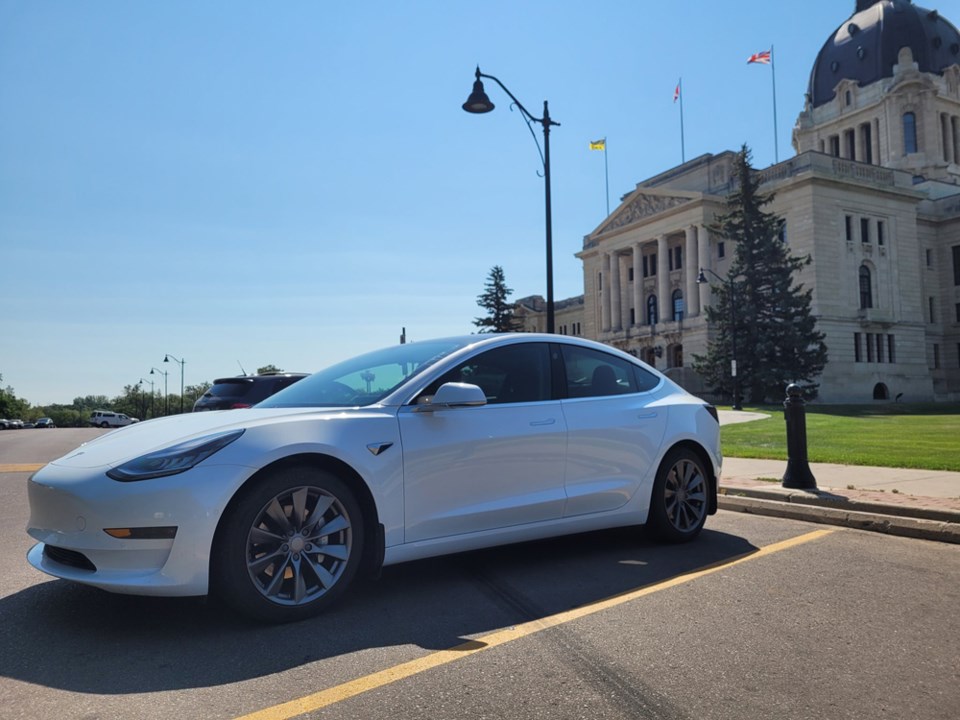WESTERN PRODUCER — Ethanol is a critical slice of the demand pie for corn, so American corn growers and ethanol producers are keen to ensure there is good demand for the fuel into the future, even if a large percentage of road vehicles eventually run on electricity from batteries.
So, in addition to the usual lobbying of government to increase the percentage of ethanol that must be mixed into gasoline, the American industry is working to ensure that ethanol will be one of the feedstocks used to make what is called sustainable aviation fuel, or SAF, for the airlines.
Governments around the world are starting to set target dates to decarbonize the aviation industry. One day we might be able to run planes on hydrogen or battery electricity, but the technology is not there yet so the focus for now is on low carbon SAF.
Currently, the spotlight shines on vegetable oil and animal fat to make SAF. That is one of the catalysts, along with renewable diesel, behind the announcements of all the new oilseed crushing plants in Canada and the United States.
Ethanol could also be processed into fuel for airplanes, so the ethanol industry wants a piece of the action to make up for what it might lose in road fuel.
Some may think the electric vehicle transition is over hyped. The vehicles don’t fit every situation and effects on the electricity production and transmission system are under-appreciated.
I think speed of the transition will likely be slower than what optimistic EV proponents forecast, but the ball is rolling.
There is now an inevitability to it, given the mind boggling amount of private investment committed by vehicle and battery manufacturers around the world to make EVs, and the vast weight of government regulation in many countries that sets timetables for industry carbon reductions.
Here are recent EV sales figures.
In Canada in 2023, 11.7 per cent of new vehicles registered were zero emission vehicles, according to S&P Global Mobility. That is up from 8.9 per cent the year before.
The breakdown was 8.8 per cent fully battery electric and 2.9 per cent plug-in hybrid.
In 2020, only 3.8 percent of new registrations were zero emission vehicles or ZEVs.
In the United States in 2023, 9.6 per cent of new light-duty vehicle registrations were ZEVs: 7.7 per cent were battery electric , up from 5.9 per cent in 2022. Plug in hybrids filled out the zero emission line up at 1.9 per cent of sales.
In raw numbers, 1.4 million EVs and plug-in hybrids were sold in the U.S in 2023 and 184,578 in Canada.
And for comparison’s sake, in China in 2023, 31 per cent of new vehicles or 9.49 million units were EVs or plug-in hybrids.
You might have read stories that EV sales are starting to disappoint. For example, Ford scaled back production of its F-150 Lighting EV truck because sales did not meet optimistic projections.
Analysts theorize EV sellers face several hurdles. Eager early adopters of the technology, those who like the concept so much that they are likely to accept growing pains in a new product, have already bought an EV. The next level of buyers might be interested, but are concerned about driving range, the charging network and the up-front costs of buying an EV.
And of course higher interest rates make buying anything more expensive.
But there are also developments that could offset such hurdles.
The cost of lithium, a key component of batteries, has plummeted and other metals in batteries also fell, while manufacturers are becoming more efficient.
Goldman Sachs Research expects a nearly 40 per cent decline in battery prices between 2023 and 2025. Batteries are a major component of the cost of an EV so this development should give room for manufacturers to price EVs in closer competition with internal combustion vehicles.
Battery makers are innovating their chemistries to lower costs, increase range and shorten charging times, potentially making significant gains by the end of this decade.
On the regulation front, the U.S. government is advancing fleet fuel economy standards that require vehicle makers to have at least half of their sales be EVs by 2030.
Energy forecaster BloombergNEF last year said it expects the combination of EVs, increased fuel efficiency and shared mobility will reduce the world’s demand for road fuel.
World production is now 102 million barrels of oil per day (bpd) and almost half is used to make road fuel. BloombergNEF projects global oil use for road fuel will peak in 2027 at 49 million bpd and will decline to 35 million by 2040, a decrease of 14 million bpd.
To put that 14 million bpd in context, the U.S. total oil consumption per day is about 19.6 million barrels and China is 12.8 million. Canada is 2.5 million.




